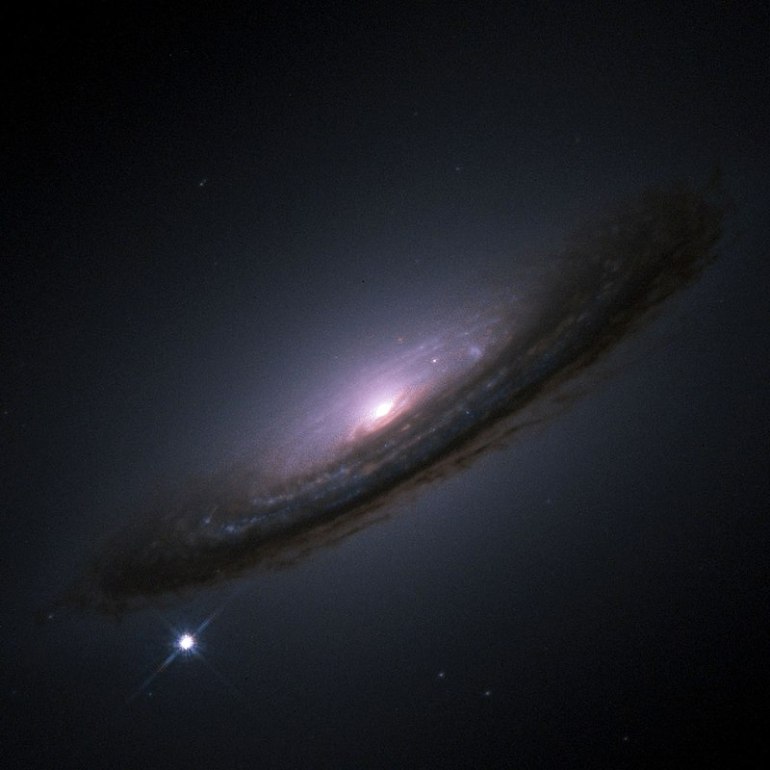The search for the origin of life in the universe, in time and space, is among the research concerns of astronomers and astrophysicists who have been searching for an answer for it.
According to a study published in Astronomy & Astrophysics, astronomers said that the best time and place for life to emerge was not now or on Earth, but more than 6 billion years ago was in the outer region of the Milky Way (the galactic fringes).
According to the press release issued by the Italian National Institute for Astrophysics, scientists from the Italian University of Insubria also participated in this study.
The best place and anytime
The joint team studied the early history of the Milky Way galaxy in which the planets of the solar system, including Earth, are located, and the effects of violent cosmic explosions such as gamma-ray bursts and supernovae on the Milky Way and planet Earth.
According to the results of the study, scientists revealed that more than 6 billion years ago, the Milky Way, which contained relatively few planets, the areas on its outskirts were the safest for the emergence of life.
On the other hand, the study states that from 4 billion years ago until now, the central regions of the galaxy, which also houses the solar system, have become the safest places.
The best time and place for life to emerge about 6 billion years ago was at the edge of the Milky Way (John Fuller-Flickr)
According to the researchers, these sites in space and time would have provided "the best protection against gamma-ray bursts and supernovae that blew up space with lethal radiation."
Where powerful cosmic explosions - such as gamma-ray bursts and supernovae - release into the universe cosmic rays that are large amounts of energy flying into space.
"Our work shows that even 6 billion years ago - with the exception of the peripheral regions of the Milky Way, which had relatively few planets - the planets were subject to many events," said astronomer Ricardo Spinelli from the University of Insubria and the National Institute of Astrophysics. Explosive capable of causing mass extinction, "the Earth was not immune to these extreme cosmic events.
Supernovae and Explosions
Supernova is an astronomical event that occurs during the last evolutionary stages of a massive star’s life, in which a massive stellar explosion occurs in which the star throws its envelope into space at the end of its life.
This results in a spherical cloud forming around the star that is extremely bright from plasma, and the energy of the explosion quickly diffuses into space and turns into invisible objects within weeks or months.
Supernovae as well as gamma rays made life in the Milky Way impossible 6 billion years ago (NASA)
Gamma-ray bursts are flashes associated with explosions of very active and distant galaxies, and they are the most luminous electromagnetic event that occurs in the universe.
According to the press release, it is believed that gamma-ray bursts are launched from collapsing stars into neutron stars or black holes, and we know that they can occur when neutron stars merge.
On the effects of cosmic events, the press release says: The Earth was also not immune to these extreme cosmic events, as this study supports the hypothesis that a gamma ray burst may have caused the first mass extinction out of 5 on Earth, which is the mass extinction in the early Ordovician era. Early Ordovician), which was before the age of the dinosaurs, about 445 million years ago.

